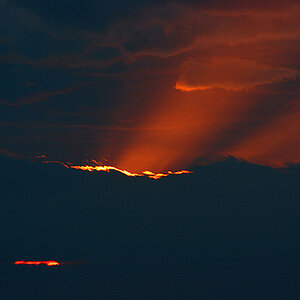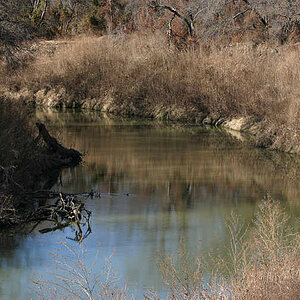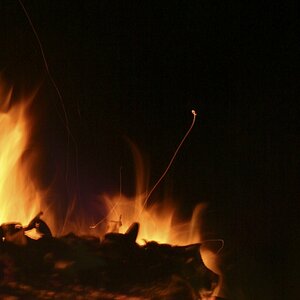I'm sure there are numerous sighs out there with the subject title as this has probably been answered numerous times.
I have an APS-C camera. I understand the crop factor and its effect on photos in relation to full frame with angle of view. There are two things that are still unclear to me.
1. Let's say I have a 50mm EF lens mounted, what am I seeing through the viewfinder? Is it he full frame size or the cropped size? If it were a 50 mm EF-S lens mounted, would I be looking at the same scene through the viewfinder? With the EF lens, would I have to make sure my shot is composed to account for my APS-C sensor?
2. I read conflicting information on aperature with different sensor sizes (or at least confusing in my mind). I've read that f8 is f8. I've also read that the crop factor must also be applied to the aperature which in my mind means f8 is actually f12.8. If I buy an EF f1.4 lens for 4x the cost, does this mean the widest aperature I can get is f2.2 regarding light to the APS-C sensor?
Thanks for being patient with the newbie.
I have an APS-C camera. I understand the crop factor and its effect on photos in relation to full frame with angle of view. There are two things that are still unclear to me.
1. Let's say I have a 50mm EF lens mounted, what am I seeing through the viewfinder? Is it he full frame size or the cropped size? If it were a 50 mm EF-S lens mounted, would I be looking at the same scene through the viewfinder? With the EF lens, would I have to make sure my shot is composed to account for my APS-C sensor?
2. I read conflicting information on aperature with different sensor sizes (or at least confusing in my mind). I've read that f8 is f8. I've also read that the crop factor must also be applied to the aperature which in my mind means f8 is actually f12.8. If I buy an EF f1.4 lens for 4x the cost, does this mean the widest aperature I can get is f2.2 regarding light to the APS-C sensor?
Thanks for being patient with the newbie.
Last edited:


![[No title]](/data/xfmg/thumbnail/39/39444-02925f6d2859f4fda0e89f2001bfc9cd.jpg?1619739034)
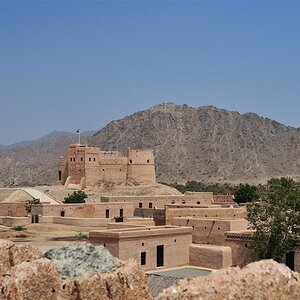
![[No title]](/data/xfmg/thumbnail/35/35877-b537a0bce18fcb18b610d787610f3d3d.jpg?1619737203)
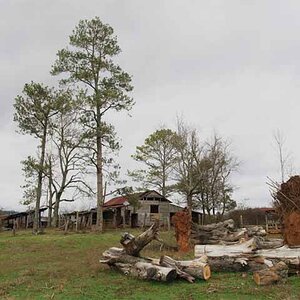
![[No title]](/data/xfmg/thumbnail/35/35875-613296cbb015a9d4bc5b47aca161290e.jpg?1619737200)
